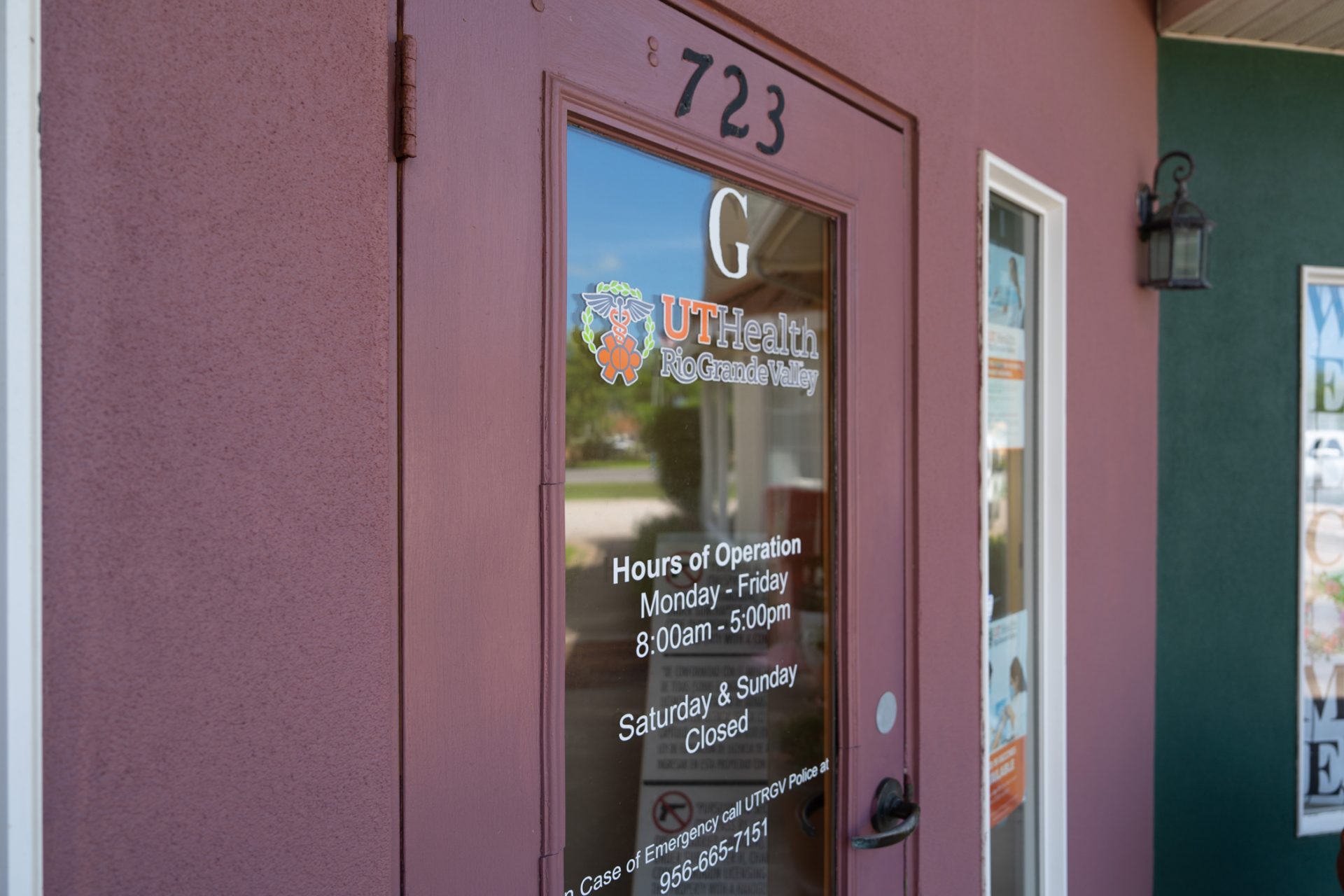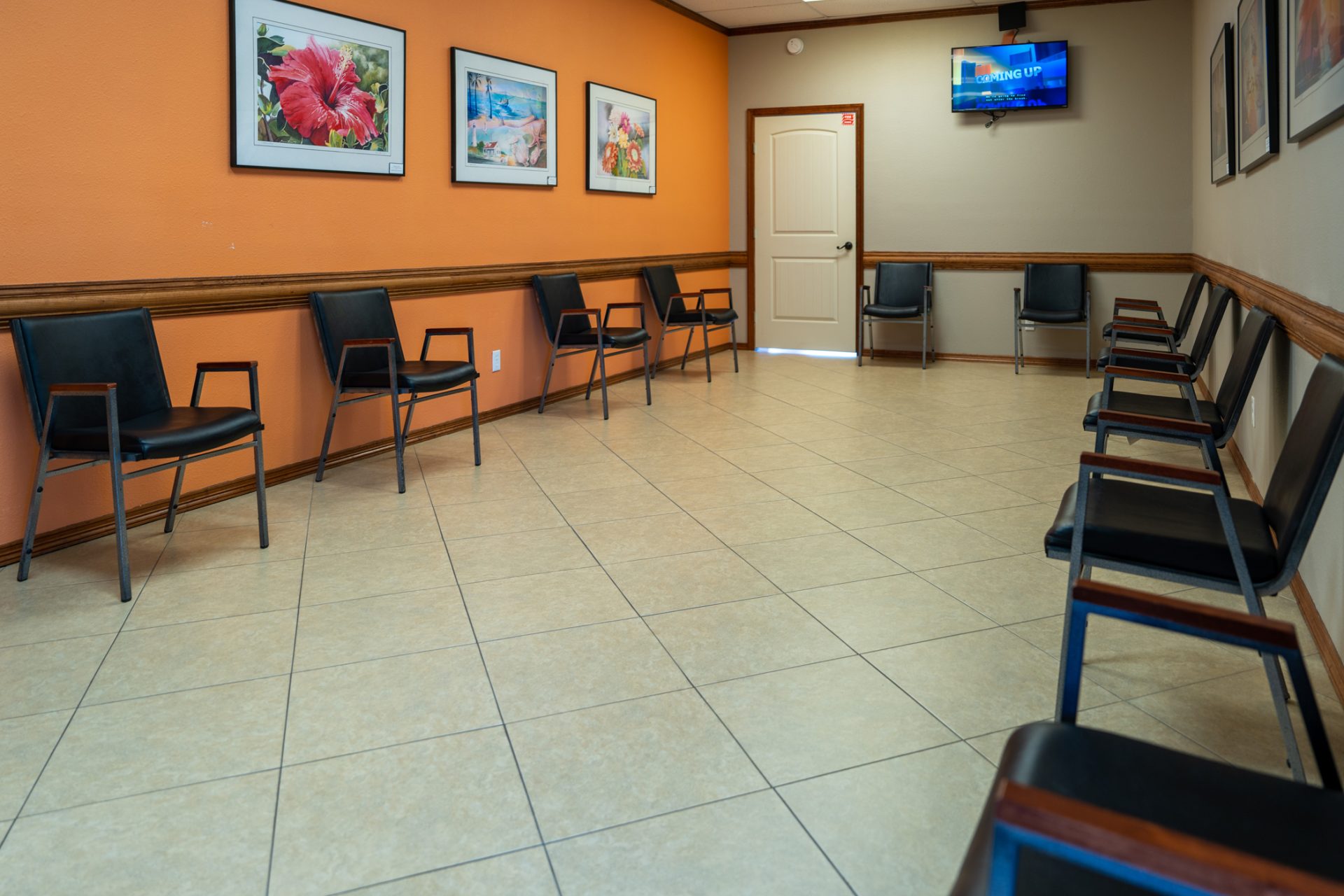|
Only have a minute? Listen instead
Getting your Trinity Audio player ready...
|

Many residents in the Laguna Madre area are concerned about the announced closure of the UT Health RGV Primary Care clinic in Laguna Vista. We hope that they, local officials and the medical community look for options that could keep primary care available at some level in the area.
Such efforts, of course, require open minds and a proactive approach. But they might find possible solutions that could serve as models for other areas that have the same problem.
The clinic opened in 2018, the product of a cooperative agreement between the University of Texas Rio Grande Valley School of Medicine and the Town of Laguna Vista. While some residents have come to depend on the clinic’s services, not enough people do. Officials say the clinic receives about 2,200 patient visits a year, which is less than half the number needed to justify the cost of keeping it open.
Laguna Madre residents aren’t alone; the predicament is common in rural and outlying areas across the country, including western and northern parts of the Valley such as Starr and Willacy counties.
The Government Accountability Office reports that more than 60 million Americans, or about one-fifth of our nation’s population, live in rural and outlying areas where healthcare services are less available. Exacerbating the problem is the fact that on average rural residents are older and less healthy than the general population and actually need more health services even though it is harder to find, according to the GAO.
Officials say they have been giving residents lists of other facilities that could serve their healthcare needs. If those facilities are unreasonably far or insufficient to fill the void left by the clinic’s closure, other options might be considered.
During the COVID-19 pandemic, for example, many people found that non-emergency medical consultations could be handled remotely over the internet. Medical professionals, whether with UTRGV or any of the many private healthcare providers in the area, could still address many cases in this manner.
Another option for routine primary and nonemergency care could be scheduling appointments on specific days. The university’s UniMóvil Mobile Healthcare Unit might be able to make scheduled visits in the Laguna Madre area, as it does in other parts of the Valley. Public facilities such as city commission chambers in Laguna Vista or Port Isabel, or a local school gym or cafeteria, might be utilized on weekends, if doctors and other medical professionals could be contracted to see patients on those days.

Knowledgeable professionals might think of other possibilities. To be sure, cost and logistical issues need to be addressed for every option.
But a serious evaluation of the needs and options could lead to ideas that are worth trying. And if they work in the Laguna Madre area, perhaps they could inspire similar efforts in other areas where the need for healthcare services exceeds availability.
A healthy review of conditions and options could help ease the blow of the Laguna Vista clinic’s closure, and perhaps inspire similar efforts in other outlying areas.
RELATED READING:
Laguna Vista residents lament pending closure of UT Health clinic



